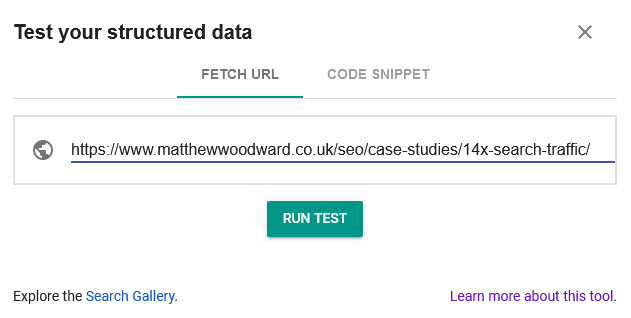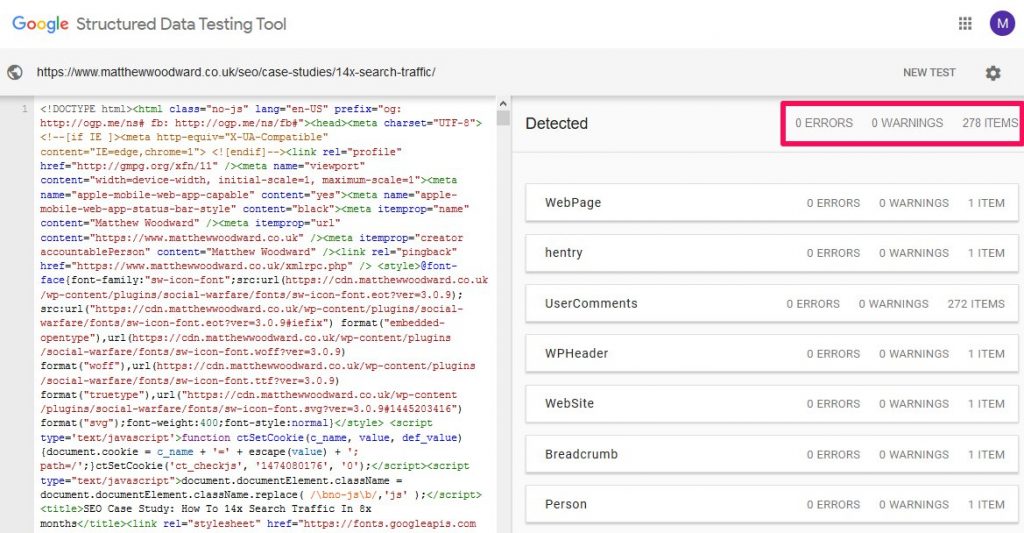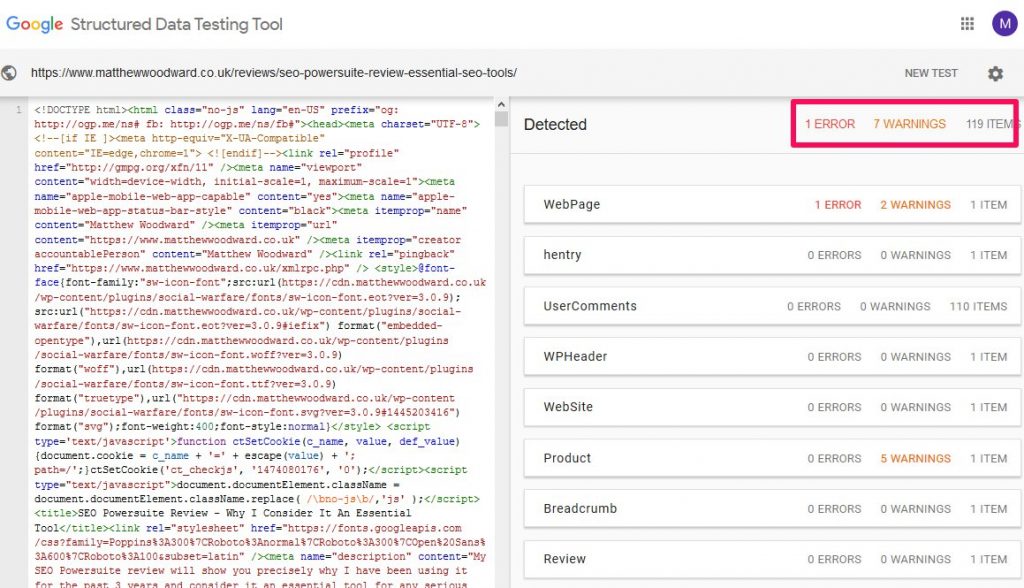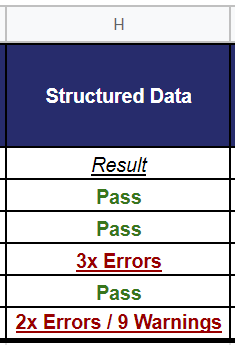In 2011 the world’s leading search engines came together. They created a standardized way for web page data to be structured.
It gave birth to an initiative called Schema.org.
If you want to drive targeted traffic from Google, it really pays to use Schema structured data across your site.
What Is Structured Data?
Structured data organizes the essential information on your site.
You can structure data like:
- Reviews
- Prices
- Opening hours
- Addresses
- Telephone numbers
That can then be displayed next to your search result.
Like this:

This provides more context to:
- Search engines
- Users
And can increase the:
- Perceived value
- Click through rate
Of your rankings pages.
Google says structured data isn’t a ranking factor.
But that it makes pages easier to:
- Crawl
- Interpret
- Assign to specific terms
Which can give you an indirect ranking boost.
Meaning:
Your site needs to have structured data.
Plus I get almost instant increases in CTR from the SERPS when I deploy specific types of structured data.So let’s take a look under the hood to see if your site is making use of structured data right now or not.
How To Check Your Site’s Current Structured Data Mark Up
Head to Google’s Structured Data testing tool.
Enter your first URL into the pop-up box:

This test is a simple pass/fail result.
If your result shows zero errors, like this:

You have passed.
If your page shows any errors, like this:

You have failed.
And if it says that you have 0 items-

Then you have failed because you are not making use of structured data at all.
Repeat this test for each of your spot check URLs and then add the results to your spot check spreadsheet:

For each of your failed results include the number of:
- Errors
- Warnings
- Items
You had and link to the test result page for quick reference later.
Final Thoughts…
Don’t worry if you passed or failed.
We’re going to take a deep dive into structured data later in this course.
For now, we are just reviewing the state of play.
Let’s continue this by reviewing your open graph tags…